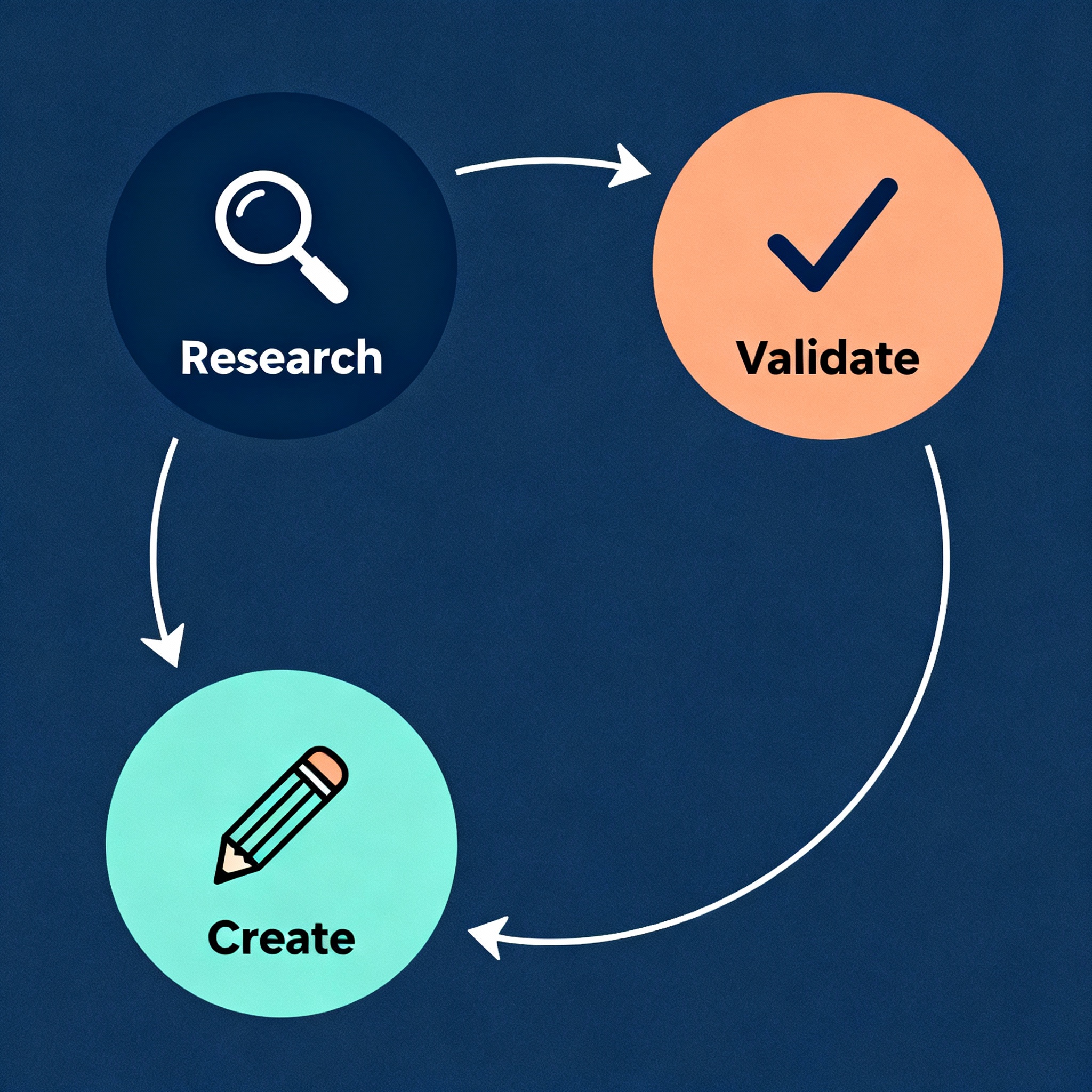Effective AI Content Strategy Examples start with a simple question: how do you get useful, discoverable content without cutting corners? Picture this, you are a website owner or part of an SEO agency staring at a blank content calendar at 2 AM, wondering whether to spin up 50 AI-written posts or invest the time to craft a smaller set of high-value assets. The right move is not always the fastest. It is the one that balances automation with editorial judgment, authority, and measurable outcomes.

Why this matters for website owners, SEO teams and agencies
Here is the thing. Search and AI-driven answers are changing how users discover content. Getting traffic today means being the source an AI chooses to cite, not just the page that ranks in a list. That means focusing on clarity, structure, and trust signals, while using AI to speed up parts of the workflow. citeturn2search2
Effective AI Content Strategy Examples You Can Apply
Below are concrete, battle-tested examples that show how website owners, SEO companies, content marketers, and digital agencies can automate and scale content while staying within Google-friendly guidelines.
1) Topic Clustering With AI-Powered Research
What to do
- Use AI to generate seed topic lists from competitor pages and search intent signals.
- Prioritize clusters around pillar pages, then map 6 to 12 supporting articles.
Why it works
AI accelerates discovery, but the editorial team decides priorities. You get breadth fast, and depth where it matters.
How to automate
- Use an AI tool to generate questions and subtopics, then export to your CMS as drafts for human writers to expand and verify.
Quick takeaway
Start with fewer high-quality pillars, not mass low-effort posts.
2) Answer-First Snippets for AEO and Featured Answers
What to do
- Write concise, stand-alone answer boxes at the top of pages that directly answer common queries.
- Use structured headings, lists, and FAQ schema so answer engines can extract content cleanly.
Why it works
AI-powered answer engines favor clear, extractable passages, which increases the chance you will be cited directly. This is a core AEO principle. citeturn2search0turn2search2
How to automate
- Use AI to draft an answer-first paragraph, then have an expert review and add unique examples, data, or a brief case study before publishing.
Example
- A SaaS company used an AI draft to speed initial copy, then a product manager added a 150-word customer example. Result: improved clarity and an increase in visibility for question-style queries.
3) Hybrid Content Workflows: Human + Machine Collaboration
What to do
- Automate research, outlines, and first drafts with AI, then route to human editors for fact-checking, voice, and EEAT signals.
- Maintain an editorial checklist: unique value, sources, author credentials, date, and next steps.
Why it works
Google’s guidance says AI-generated text is not automatically disallowed, but quality and user value remain the test. Use AI as a helper, not a substitute for expertise. citeturn1search3turn1search5
How to automate
- Integrate AI into your CMS pipeline so an AI draft appears as a review task for writers, with inline annotations for citations to confirm.
4) Repurposing and Multi-Format Distribution
What to do
- Turn a single research asset into: a long-form article, three social posts, an FAQ page, and a short video script.
- Use AI to create the first pass of each format, then customize.
Why it works
Multiple surfaces increase the chance AI systems find and cite your content, and they help human audiences engage across channels. citeturn2search2
How to automate
- Create a template that outputs content slices and metadata for each channel. Add human review gates for accuracy and brand voice.
5) Data-Backed Case Studies Using AI for Analysis
What to do
- Use AI to analyze analytics, pull salient metrics, and draft narrative sections of a case study.
- Human teams verify numbers and add customer quotes.
Why it works
Data and original insights are among the strongest EEAT signals. AI speeds analysis, humans add credibility and storytelling.
How to automate
- Connect your analytics and CRM data to a private AI tool for summarization, then publish final narrative on the site.
Handling risk: Google stance and content quality signals
Short version: Google focuses on quality and user value, not the mere use of AI. Pages where the main content is largely AI-generated, low-effort, or created to manipulate rankings are at risk. Think quality, transparency, and adding original value. citeturn1search3turn0news15
Action steps to lower risk
- Always add unique research, screenshots, examples, or first-hand reporting.
- Use named authors, bios, and clear editorial policies.
- Avoid scaled low-value publishing strategies that repurpose the same content across many pages.
Tools, WordPress automations and quick stack ideas
- AI research: use LLMs for idea generation and question mining.
- SEO tools: Ahrefs or similar for query intent and AEO gap analysis. citeturn2search2
- WordPress automation: CMS workflows that create draft posts, assign editors, and attach checklists for EEAT compliance.
Mini-stack example
- Query research in Ahrefs, outline generation via an LLM, drafts in the CMS, editorial review via a task board, final publish with FAQ/schema markup.
Measuring success: SEO, AEO and GEO comparisons
- SEO metrics: organic impressions, clicks, ranking positions, and backlinks.
- AEO metrics: instances where AI overviews or answer surfaces cite your domain, brand mentions in AI responses, and zero-click visibility trends. citeturn2search2turn2search1
- GEO (Generative Engine Optimization) considerations: track citations in third-party answer platforms like Perplexity and Copilot.
Tip
If you see declining click-through but increasing brand citations in AI answers, you are still winning attention. Capture that interest with better, action-oriented CTAs in the cited assets.
Common objections and realistic expectations
You might worry that AI will replace writers or that Google will punish any AI use. Those worries miss the point. Tools automate repeatable tasks, but expertise, narrative, and trust remain human domains. Focus resources on what moves metrics and builds long-term authority. citeturn1search3
Quick 30-60-90 Day Plan for Early-Stage Businesses (Day 11 insight)
- Days 0-30: Audit content gaps, decide on 2 pillar topics, and map cluster pages.
- Days 31-60: Use AI to draft outlines and initial drafts, deploy human review, add unique assets like customer quotes.
- Days 61-90: Optimize for AEO, add schema, publish and measure citations, iterate on the top-performing asset.
Conclusion and next steps
You do not need to choose between speed and quality. Use AI to work faster on research and repetitive tasks, then apply human judgment for accuracy, voice, and original value. If you build for answers, not just rankings, you will increase both AI visibility and sustainable traffic. Ready to test one hybrid workflow this week? Pick one pillar topic, generate an AI outline, and commit to adding at least one unique data point before publishing.


